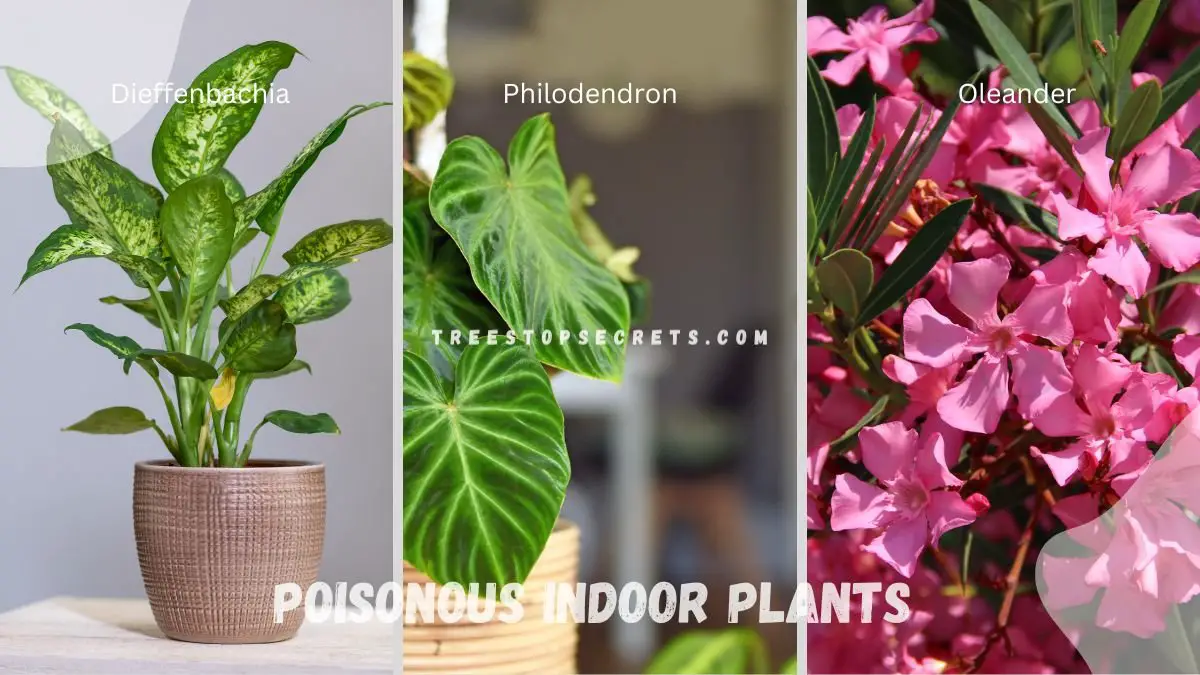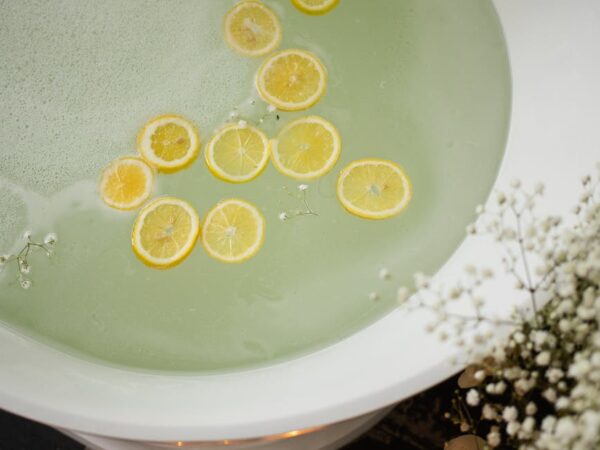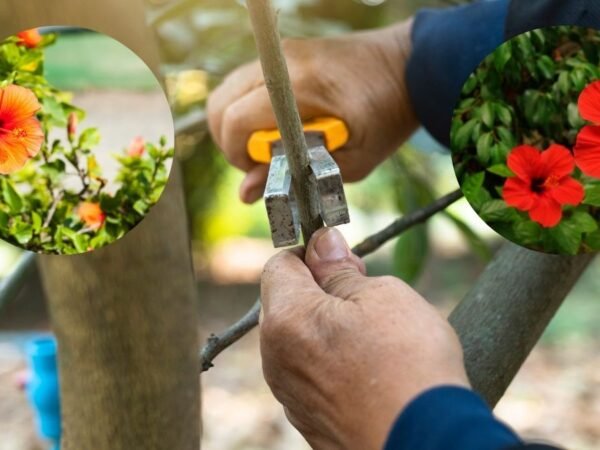If you’re concerned about poisonous indoor plants in your home, I can help guide you through understanding which plants pose risks, including many houseplants, toxic varieties, and how to handle them safely. From common houseplants to more exotic varieties, certain indoor plants with poisonous property can be hazardous if ingested by children or pets, or even by coming into direct contact with their sap. Knowing which plants to avoid or handle with care can help ensure your home is both beautiful and safe. Let’s look into which indoor plants are toxic and how you can enjoy greenery without the danger.
Many common indoor plants can be poisonous, leading to symptoms that range from mild irritation to severe health issues if ingested or touched. For instance, Dieffenbachia (commonly known as Dumb Cane) can cause intense oral irritation and swelling, Philodendron may lead to skin irritation and stomach pain, and Oleander is highly toxic and can affect the heart. Even the popular Peace Lily can cause severe oral irritation and vomiting if ingested. Here’s a quick overview:
| Plant | Symptoms |
|---|---|
| Dieffenbachia | Oral irritation, swelling |
| Philodendron | Skin irritation, stomach pain |
| Oleander | Heart issues, severe toxicity |
| Peace Lily | Oral irritation, vomiting |
There's much more to learn about maintaining a safe home environment while enjoying indoor greenery. If you’re looking for further information on identifying and safely handling poisonous indoor plants, I have plenty more to share.
Key Takeaways
- Educate Yourself: Understand the risks of indoor plant poisoning and familiarize yourself with common toxic houseplants to ensure a safe environment.
- Identify Toxic Plants: Learn to recognize and avoid poisonous indoor plants like Dieffenbachia, Philodendron, and Peace Lily.
- Stay Informed: Be aware of additional poisonous plants such as Oleander, Caladium, and Sago Palm that can pose a threat to your household.
- Secure Your Space: Safeguard your home by keeping toxic plants out of reach of children and pets, and consider safer alternatives for greenery.
- Act Promptly: Contact Poison Control immediately if you suspect plant poisoning symptoms in anyone at home to receive expert guidance and assistance.
Understanding Indoor Plant Poisoning
Poisoning Symptoms
Indoor plants can cause skin irritations and upset stomachs if touched or ingested accidentally. Severe symptoms may include burning sensations in the mouth and throat, indicating a more serious poisoning incident. Different plants exhibit varying degrees of toxicity, leading to diverse symptoms.
Toxic Parts of Plants
Leaves, stems, and sap of indoor plants can be toxic and harmful upon contact or ingestion. Ingesting different parts of poisonous plants can result in a range of toxic reactions, emphasizing the importance of caution when handling these plants. It's crucial to be wary of all plant parts, not just specific ones, to avoid poisoning incidents.
Immediate Exposure Actions
If poisoning from indoor plants is suspected, it's essential to seek immediate medical assistance by contacting a doctor or veterinarian promptly. In cases of emergency, reaching out to poison control centers can provide guidance on necessary actions to take. Acting swiftly is crucial to prevent further harm from exposure to poisonous indoor plants.
Identifying Common Toxic Houseplants
Dumb Cane
Dumb Cane's sap can cause tongue swelling and airway blockage, posing serious risks to humans and pets. Ingesting large amounts of Dumb Cane can lead to fatal consequences, emphasizing the importance of keeping it away. To ensure the well-being of your Dumb Cane plant, provide adequate light and water according to its specific needs.
English Ivy
English Ivy typically requires ingestion of substantial quantities to result in severe issues for humans or pets. All parts of English Ivy have the potential to induce symptoms like skin irritation and fever. Maintain appropriate growing conditions for English Ivy by monitoring its exposure to light and soil moisture levels.
Easter Lily
Ingestion of Easter Lily can be fatal for cats if not promptly treated, highlighting the urgency of seeking help. Even small amounts of Easter Lily can be toxic to pets, necessitating caution around these plants. Follow recommended growing conditions for Easter Lily, focusing on providing adequate light and proper watering techniques.
Peace Lily
Peace Lily toxicity is primarily associated with consuming large quantities of leaves rather than incidental contact. Ensure optimal growth conditions for Peace Lily by balancing its exposure to light and regulating watering intervals. Understand the potential size that Peace Lily plants can reach indoors to plan their placement effectively.
More Poisonous Plants to Know
Daffodils
Daffodils, while known for their vibrant blooms, can be toxic if ingested. The bulbs of Daffodils contain toxic alkaloids that can cause nausea and vomiting. It's crucial to avoid consuming any part of the Daffodil plant to prevent poisoning incidents.
Philodendron
Philodendron plants are toxic due to the presence of calcium oxalate crystals. Ingesting Philodendron can lead to irritation in the mouth and throat. Be cautious as even contact with the sap from Philodendron can cause skin irritation.
- Pros: Easy to care for, adds aesthetic value to indoor spaces.
- Cons: Toxicity can pose risks to children and pets.
Pothos
Pothos plants are popular but carry toxic properties. Ingesting Pothos can cause symptoms like vomiting and swelling in the mouth. Keep Pothos plants out of reach of children and pets to prevent accidental ingestion.
- Tip: Display Pothos in hanging baskets or high shelves to avoid accessibility to pets and children.
Sago Palm
Sago Palms contain cycasin, a toxin harmful to humans and animals if ingested. Symptoms of Sago Palm poisoning include vomiting, diarrhea, and liver failure. It's essential to keep Sago Palms away from areas easily accessible to pets and children.
- Tip: Wear gloves when handling Sago Palms as all parts of the plant are toxic.
Safeguarding Your Home
Safe Plant Display
When it comes to displaying indoor plants safely, it's essential to consider the placement within rooms. Opt for elevated surfaces to keep them out of reach from children and pets. Ensure pots are stable to prevent accidental tipping and ingestion.
To safeguard your household, prioritize selecting non-toxic plants. Examples include spider plants, African violets, and Boston ferns. These choices not only enhance indoor aesthetics but also provide a safe environment for everyone at home.
Create an appealing plant display by incorporating hanging baskets, wall-mounted planters, or shelves. This not only adds visual interest but also minimizes the risk of accidental contact with toxic plants.
Preventing Poisoning
Educate family members on the dangers of toxic indoor plants. Highlight the importance of identifying and avoiding these harmful varieties. Regularly check plant labels or conduct research to ensure all indoor plants are safe.
Implement preventive measures such as placing toxic plants in areas inaccessible to children and pets. Consider using barriers like plant stands or shelving units to separate toxic species from living spaces. This simple step can significantly reduce the risk of accidental poisoning incidents.
Select non-toxic plants like Christmas cactus, bamboo palm, or parlor palm as safer alternatives. By consciously choosing these varieties, you can enjoy the benefits of indoor greenery without compromising safety in your home.
Emergency Preparedness
In case of emergencies related to plant poisoning, keep essential contacts easily accessible. Include poison control helpline numbers and local emergency services in visible locations around the house. Prompt action is crucial in such situations.
Know the immediate steps to take if plant poisoning occurs. Rinse affected skin or eyes with water, call for medical help, and provide detailed information about the plant ingested or touched. Quick responses can prevent serious health complications.
Stay informed about emergency procedures and first aid measures for plant-related poisoning incidents. Familiarize yourself with common symptoms of plant toxicity and seek professional medical assistance if any signs appear. Being prepared ensures swift and effective responses during emergencies.
When to Contact Poison Control
Poison Control Centers
Poison control centers play a crucial role in managing cases of plant poisoning. They are equipped with specialists who can provide immediate guidance on plant-related toxicity. In the event of plant poisoning, reaching out to poison control centers promptly is essential.
Knowing when and how to contact poison control centers is vital. If someone ingests or comes into contact with toxic flowers, contacting poison control immediately can save lives. They can offer advice on the next steps to take for treatment and provide reassurance during emergencies.
The services provided by poison control centers are invaluable during poisoning emergencies. They offer expert advice on plant toxicity levels and symptoms to watch out for. Additionally, they guide individuals on administering first aid before medical help arrives.
- Poison control centers provide immediate guidance on plant-related toxicity
- Contact them promptly if someone ingests or comes into contact with toxic flowers
- They offer expert advice on plant toxicity levels and symptoms during emergencies
Closing Thoughts
By understanding the dangers of toxic indoor plants, you can safeguard your home and loved ones. Identifying common poisonous houseplants and knowing when to contact Poison Control are crucial steps in creating a safe environment. Remember, prevention is key; take proactive measures to keep harmful plants out of reach and educate yourself on potential risks. Your quick actions could make all the difference in an emergency. Stay informed, stay safe.
Remember, knowledge is power. Share this information with friends and family to raise awareness about the risks of toxic indoor plants. Together, we can create safer living spaces for everyone. Keep learning, keep growing, and keep your surroundings toxin-free.
Frequently Asked Questions
Are all indoor plants poisonous?
Not all indoor plants are poisonous, but some common houseplants can be toxic if ingested. It's crucial to research and identify the toxicity level of your indoor plants to ensure a safe environment.
How can I identify toxic houseplants?
Identifying toxic houseplants involves researching and recognizing common toxic species. Look for specific characteristics like leaf shape, color, and plant family to determine if a plant is potentially harmful.
What should I do if my pet ingests a poisonous indoor plant?
If your pet ingests a poisonous indoor plant, contact your veterinarian immediately or reach out to a pet poison helpline for guidance. Be prepared with information on the plant species and symptoms observed for better assistance.
How can I safeguard my home from poisonous indoor plants?
To safeguard your home from poisonous indoor plants, keep them out of reach of children and pets, label plants with their names and toxicity levels, and educate household members about the dangers of ingestion or contact with toxic plants.
When should I contact Poison Control regarding indoor plant poisoning?
Contact Poison Control immediately if you suspect someone has ingested or come into contact with a poisonous indoor plant. Provide details about the plant, symptoms experienced, and follow the advice given promptly for appropriate medical intervention.
Image Source: Paid image from CANVA




